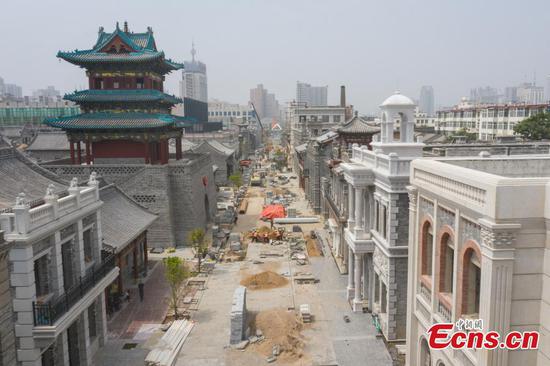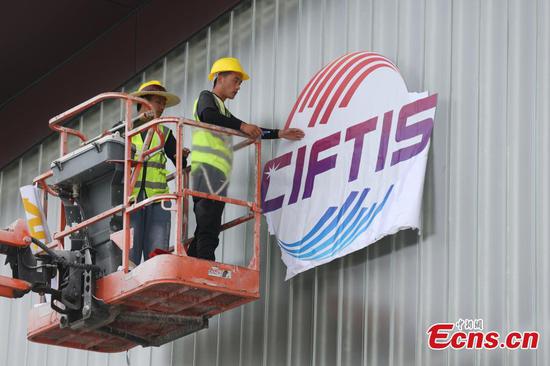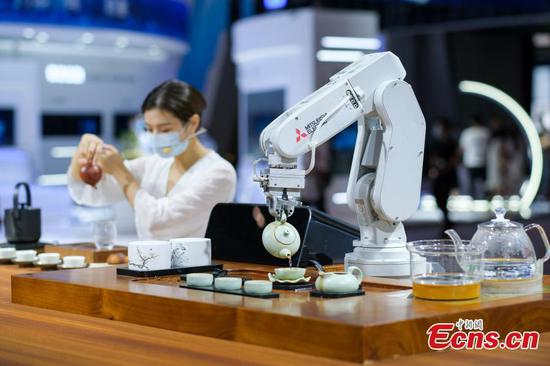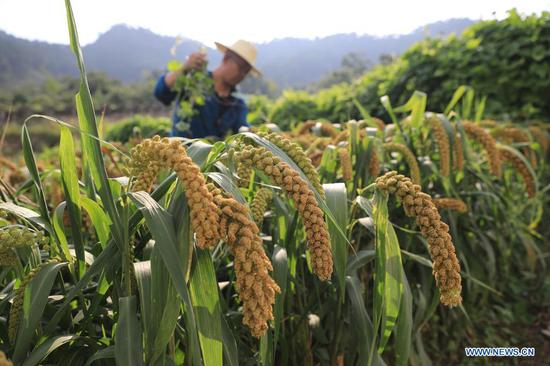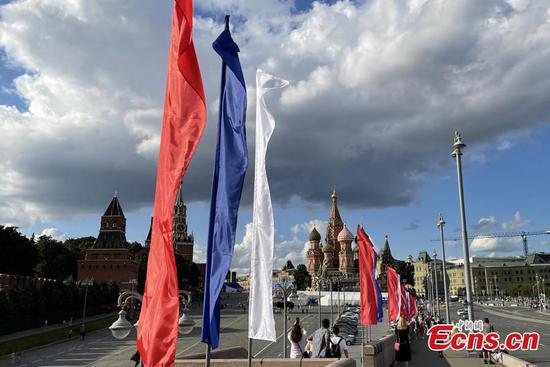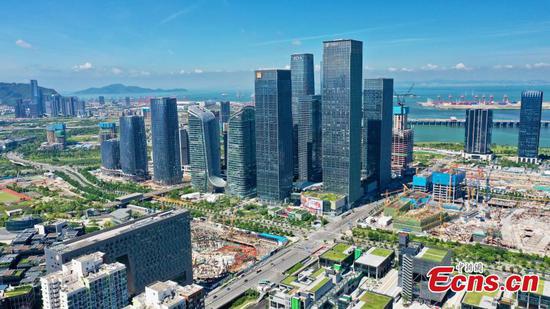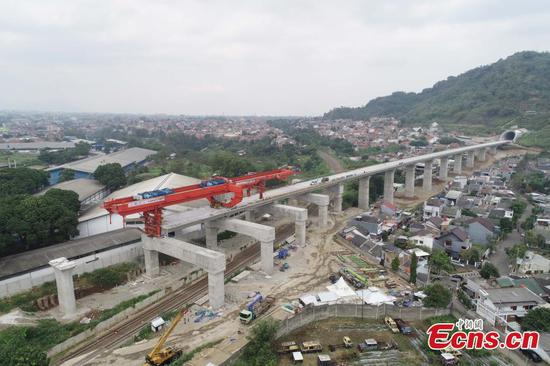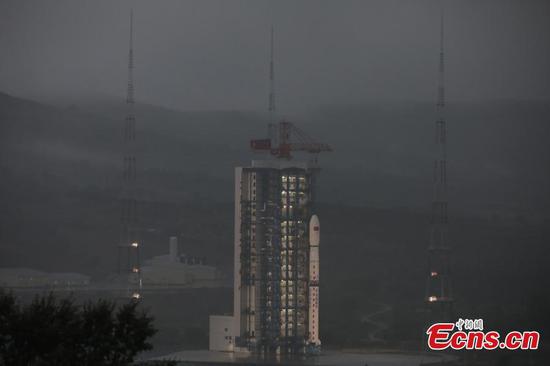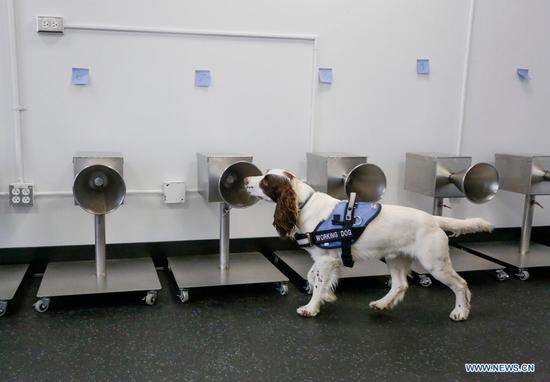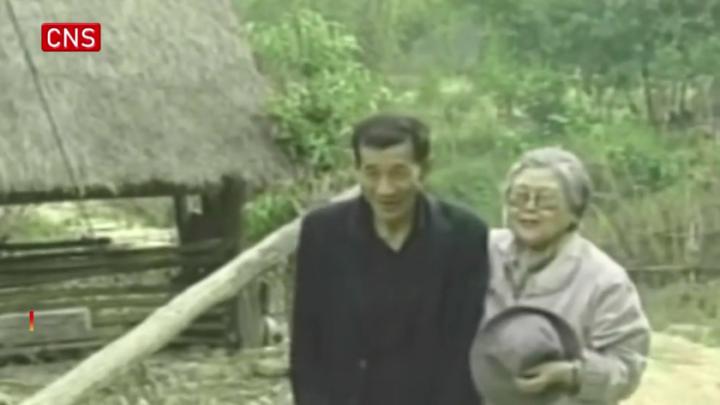
Yi Gang, governor of the People's Bank of China (Photo by Feng Yongbin / chinadaily.com.cn)
The real economy and small businesses in China are likely to receive more funding from the banking sector in the coming months, as the central bank vowed more actions to ensure stable credit growth and reallocate the supply of loans, analysts said on Tuesday.
The latest policy signal from the central bank might indicate a targeted easing of credit, while the overall monetary policy, being prudent and stable, is unlikely to shift to a massive stimulus, according to insiders from some commercial banks.
A group of State-owned commercial bank and policy bank leaders joined a meeting on Monday chaired by Yi Gang, governor of the People's Bank of China, the central bank.
The PBOC chief vowed to maintain a stable monetary policy and make it more forward-looking and efficient. Financial institutions should put the task of serving the real economy "in a more prominent position", according to a statement issued after the meeting.
The central bank will maintain proper growth of credit supply to support high-quality economic development and aid the recovery of small and medium-sized companies, as well as those in vulnerable sectors, to ensure economic growth is within a reasonable range, the statement said.
The messages from the meeting may hint at a rise of growth pressure in the second half of this year, indicating that policy fine-tuning is possible, according to some industry insiders.
They predicted that the PBOC will keep liquidity at a stable and ample level, while the issuance of bank loans may accelerate in the remainder of the year. Some foresee one more cut of banks' reserve requirement ratio, or the amount of cash they must deposit in the central bank, as one of the options by the end of the year.
"The credit supply will focus on structural adjustments, which doesn't mean a broad monetary easing," said Lou Feipeng, a senior economist at Postal Savings Bank of China.
The PBOC disclosed that more funds should flow into sectors such as technological innovation, green development, small and private businesses, and new categories of agricultural business.
Guangzhou, Guangdong province, has established a credit fund pool to hedge risks for medium-sized and small technology enterprises. As of early May, the fund pool had supported 4,030 enterprises by issuing 44 billion yuan ($6.8 billion) in loans, with 99 percent of the loans flowing to private businesses. More credit loans will be supplied to these small businesses in the coming months, said Shi Wei, an official in the city's technology bureau.
When it comes to the speed of loan issuance, the messages released from the meeting were interpreted as meaning that the needed credit and loans should be issued just in time to meet actual market demand, avoiding the situation of being too fast or too slow, in the second half of 2021 and the first half of next year.
As domestic consumption and investment showed weaker momentum in July because of the resurgence of the pandemic, China has seen a slowdown in financing to the real economy. Money and credit data from last month surprised the market. The outstanding total social financing growth slowed to 10.7 percent year-on-year in July from 11 percent in June, and new renminbi-denominated loans slumped to 1.08 trillion yuan in July from 2.12 trillion yuan in June, according to PBOC data.
Lu Ting, chief economist in China with Nomura Securities, expected credit growth, as measured by year-on-year growth in outstanding total social financing, to stabilize in the fourth quarter, followed by a likely growth pace back to above 11 percent toward the end of the year.
The PBOC meeting also urged commercial banks to push down real lending rates and financing costs for small companies, the statement said.









